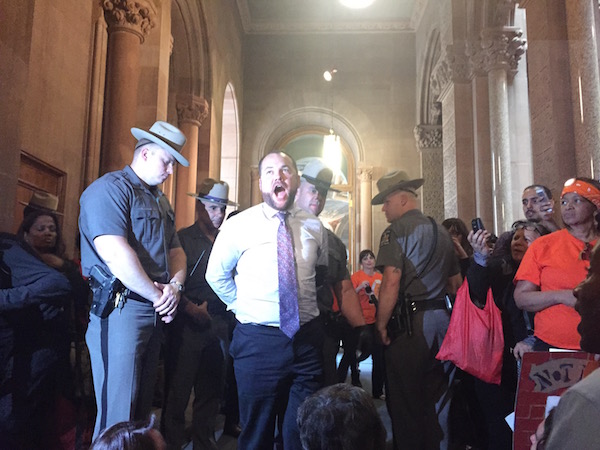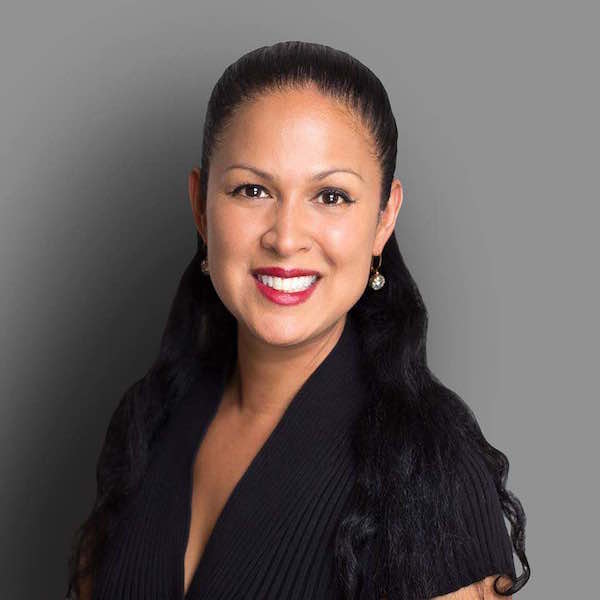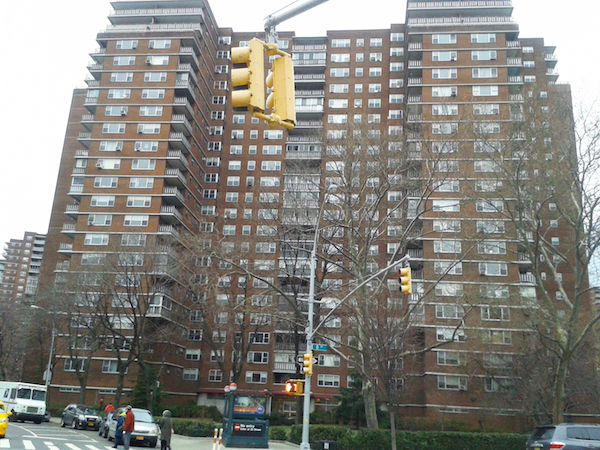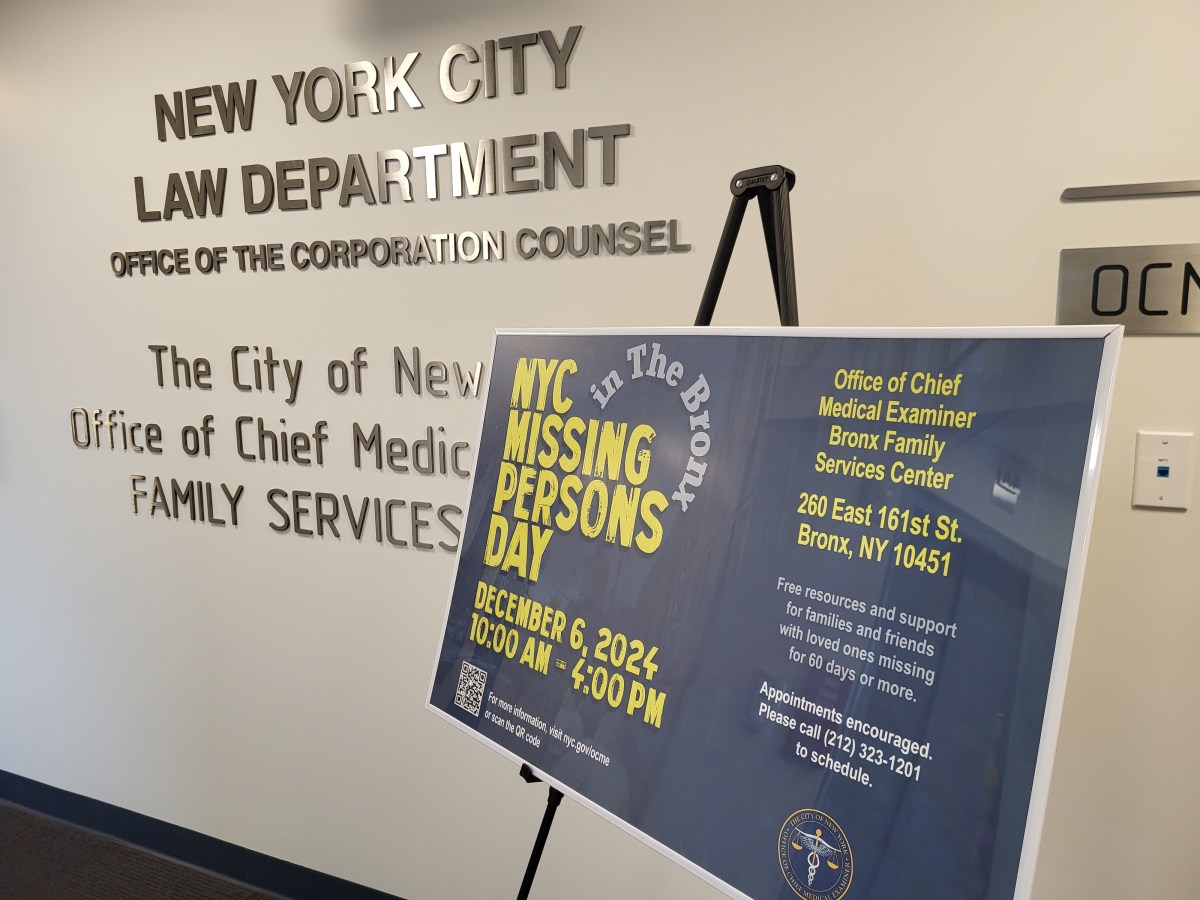The incumbent and challenger in District 3’s City Councilmember race were asked to weigh in on NYC’s affordable housing landscape, and then conclude with a bid for your vote. For info. on the Tues., Nov. 7 election, visit nyccfb.info/voterguide.

The Future of New York City Depends on Affordable Housing | BY COUNCILMEMBER COREY JOHNSON (Democrat & Working Families candidate) | There is absolutely no question about it — The single most pressing issue facing New York City is the lack of affordable housing.
Unprecedented real estate speculation and an influx of millionaires and billionaires are putting incredible pressure on our housing stock. Market rents are being driven to astronomical levels. Rent stabilized tenants are being forced out. Neighborhood residents who have lived here their entire lives are finding themselves unable to makes ends meet. Longtime next-door neighbors are being replaced by Airbnb tourists.
This phenomenon is manifesting itself in cities across the country, most acutely on Manhattan’s West Side. It impacts us on a humanitarian level, as the homeless population surges and countless others live in fear of losing their homes — and on a community level, as our close-knit neighborhood networks are priced out of existence.
We must aggressively build new affordable housing while stopping the hemorrhage of existing affordable housing. We must do this like the future of New York City depends on it — because it does.
Since being sworn into office, I have made this issue an absolute priority. I’ve fought hard for new affordable housing in Council District 3, with over 1,000 new affordable units in the pipeline. Some examples include the former slaughterhouse site at 495 Eleventh Avenue, which will be a 100% affordable building with 250 units. I negotiated nearly 500 units of new affordable housing, 180 of which will be for seniors, at 550 Washington Street. A 100% affordable building with 160 new units is under construction at 413 W. 18th St. Two 100% affordable buildings totaling 300 new units are coming to former DEP and MTA sites in Hell’s Kitchen. We need to do more, and do more quickly. Demanding more affordable housing in my district will continue to be my top priority.
It is equally essential that we keep the affordable units we have. Like water pouring out of a hole in a bucket, New York City has been losing affordable housing for decades. Unscrupulous landlords are exploiting loopholes in the rent stabilization law to deregulate units. When our rent laws were up for renewal in Albany, I was arrested in the state capitol while demanding that these loopholes be removed. I was the prime sponsor of the Council bill that renewed rent stabilization in New York City. I helped lead the fight for a rent freeze at the Rent Guidelines Board. I’m sponsoring legislation to expand supportive housing for people with HIV. I co-sponsored the Stand for Tenant Safety bills, which crack down on construction-as-harassment and created an Office of the Tenant Advocate within the Department of Buildings. I have helped lead the fight against Airbnb, which is transforming entire buildings into illegal hotels and taking thousands of units off the market that could otherwise be housing full time residents.
We have succeeded at extending the life of our largest affordable housing developments. We extended tax abatements for Penn South to the year 2052, maintaining affordability at the 2,820-unit bastion of affordability in Chelsea. Manhattan Plaza is in the process of extending its Section 8 contract until 2044.
In this small column, only a fraction of our efforts can be listed. I want to thank everyone who has fought alongside me these past four years. Serving as your Councilmember has been the honor of a lifetime. We have much more work to do, and I hope to be honored with the opportunity to serve you for another four years.
Solving the Affordable Housing Crisis Begins With a Comprehensive Plan And A Candidate Who Refuses Corporate Money | BY MARNI HALASA, JD, MS (Eco Justice candidate)

Housing is happiness. And when housing is affordable, everyone has the opportunity to live with integrity, better oneself and fully experience our amazing city. However, the housing costs have skyrocketed. As a result, millions have been forced to leave New York City due to the hyper-gentrification of neighborhoods, the escalating rents displacing tenants and small businesses. Therefore, offering real and attainable solutions has become a vital issue if we want to save our city.
The people who tend to get hurt the most are middle-income individuals. While many middle-income individuals can pay for their housing, the reality is their payments take up a significant amount of their take home pay. I firmly believe that housing costs should not consume a disproportionate amount of the income. Instead, I believe housing costs should be affordable where middle-income families can enjoy a reasonable amount of discretionary income.
One older program offers a potential solution to solve our most pressing problem, Mitchell-Lama. Mitchell-Lama provides a framework for new affordable housing policy that works for today’s problems. I propose that 35% of all new rental constructions should be designated as affordable housing catering to low- and middle-income households. Additionally, I propose that 35% of all existing units should gradually transition to an affordable housing designation. Meaning that buildings which currently have no affordable housing and no rent-controlled or rent-stabilized units, will offer every fourth unit as affordable housing as they become available until the building meets the 35% affordable housing threshold. Once a building meets the 35% affordable housing threshold, the rest of the apartment can be rented at market rates.
I would also advocate expanding the program to include co-operative apartments, as this would protect even more vulnerable residents. Landlords will not be left out of this proposal, as they would be given tax abatements and low-interest mortgages by a Mitchell-Lama designation to help offset their losses.
The difference between my policy and Mitchell-Lama as it now exists, is that my policy allows for an affordable housing life cycle with rents changing as incomes change and a continuous flow of units into affordable housing as other units price out. Mitchell-Lama worked for New York in the past and if resurrected with minor tweaks, such as I am suggesting, it can work again. To help pay for my affordable housing proposals, I would institute an annual 1% vacancy tax on “ghost apartments” that sit empty, reasonable linkage fees for developers, as well as using city-owned vacant lots for housing sites. I will also pressure Albany to abolish 421-a, which will allow us to reclaim the forgone one-billion-dollars in property taxes lost to the abatement. This plan ensures that housing will never again be a major financial struggle for working families, the backbone of our city’s economy.
What our district has been missing with Corey Johnson and Christine Quinn before him is a representative who not only has a moral conscience, but does not accept money from corporate and real estate interests. The purpose of a city councilmember is to help create policies that make people’s lives easier, not pad the bank accounts of corporate gentrifiers. My policies seek to help forgotten populations who struggle every day to pay their bills and live fulfilling lives. If elected to City Council, I promise to ensure that the voiceless will always have a voice, and that the action I take, will be real.



































